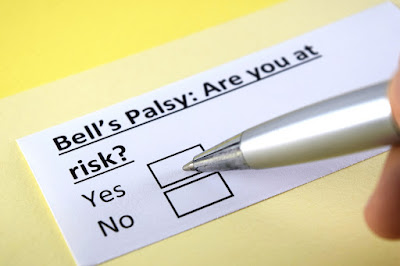Senior Consultant, Stroke and Neurovascular Medicine, Dr. Sivarajan Thandeeswaran of Kauvery Hospital, shares a few valuable insights regarding Bell's Palsy, a neurological disorder affecting the orientation of the face.
What
is Bell's Palsy?
Bell's
Palsy is an ailment that occurs when the nerves that control facial muscles expand,
compress, or get inflamed. It is thought to be caused by infections or autoimmune
diseases, but the exact trigger remains unknown. It can cause temporary
weakness or paralysis in the face that manifests as drooping and stiffness on
one side of the face. Smiles can look lop-sided, and one eye may droop or
remain closed. This condition can occur at any age, but it is most common among
people between the ages of 16 to 60. Scottish anatomist, Charles Bell, was the
first to describe the condition, and it is named after him.
Also Read: Life after a stroke: Recovery and Rehabilitation
Bell's
Palsy Treatment






No comments:
Post a Comment